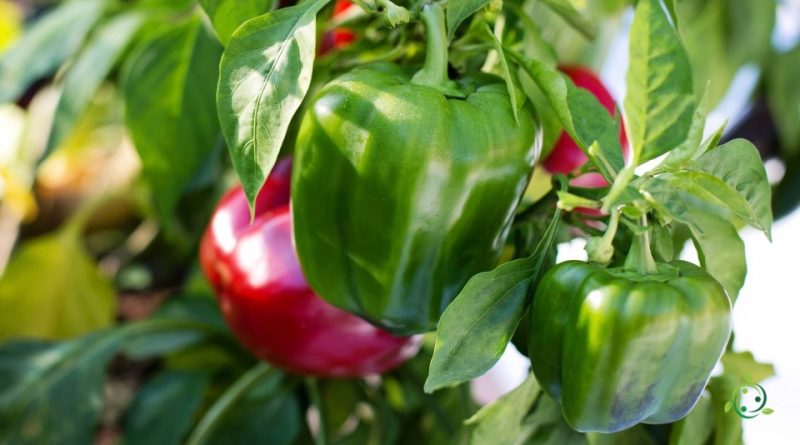How to intercrop pepper
How to intercrop pepper
Pepper is one of the most widely consumed summer vegetables in the world. This berry obtained from some varieties of the Capsicum genus (Capsicum annuum).
Pepper benefits from intercropping and can be grown with lettuce, cabbage, cucumbers, fennel, peas, leeks, parsley and chicory.
When intercropping, it must be taken into account that they reach maximum space occupation at different times, so that one does not dominate and suffocate the other. For example, you can grow lettuce next to newly transplanted pepper plants, in the certainty that, when the pepper has grown enough to remove air and light from the lettuce, it will have already been harvested.
In general, pepper can be intercropped with different plants, considering that this intercropping is an agricultural practice that exploits the synergies between plant species to promote growth and reduce the risks of diseases and parasites. Among the plants that can be associated with pepper we mention:
– Basil: Basil can help repel some pests that attack peppers and improve its flavor.
– Tomatoes: Pepper and tomato are from the same family and often grow well together. Additionally, they may share the same type of support, such as scaffolding.
– Cucumbers: Cucumbers can also be a good companion choice for peppers. They can share the same type of soil and benefit from the same irrigation.
– Green beans: Green beans, especially climbing ones, can be grown near peppers without competing for soil resources, rather providing the nitrogen they are capable of drawing from the atmosphere.
– Courgettes: Courgettes can be intercropped with peppers, occupying a different space in the garden and providing partial shade to peppers that are more sensitive to direct sun.
– Onions and garlic: They can be used to keep away insects and parasites that could damage the peppers.
– Lettuce or spinach: These can be grown between the rows of peppers, as they grow faster and can be harvested before the peppers take up all the space.
Furthermore, some flowering plants can be useful in intercropping with peppers. Plants such as marigold or tagetes flowers can be planted near peppers to repel pests and improve biodiversity in the vegetable garden.

